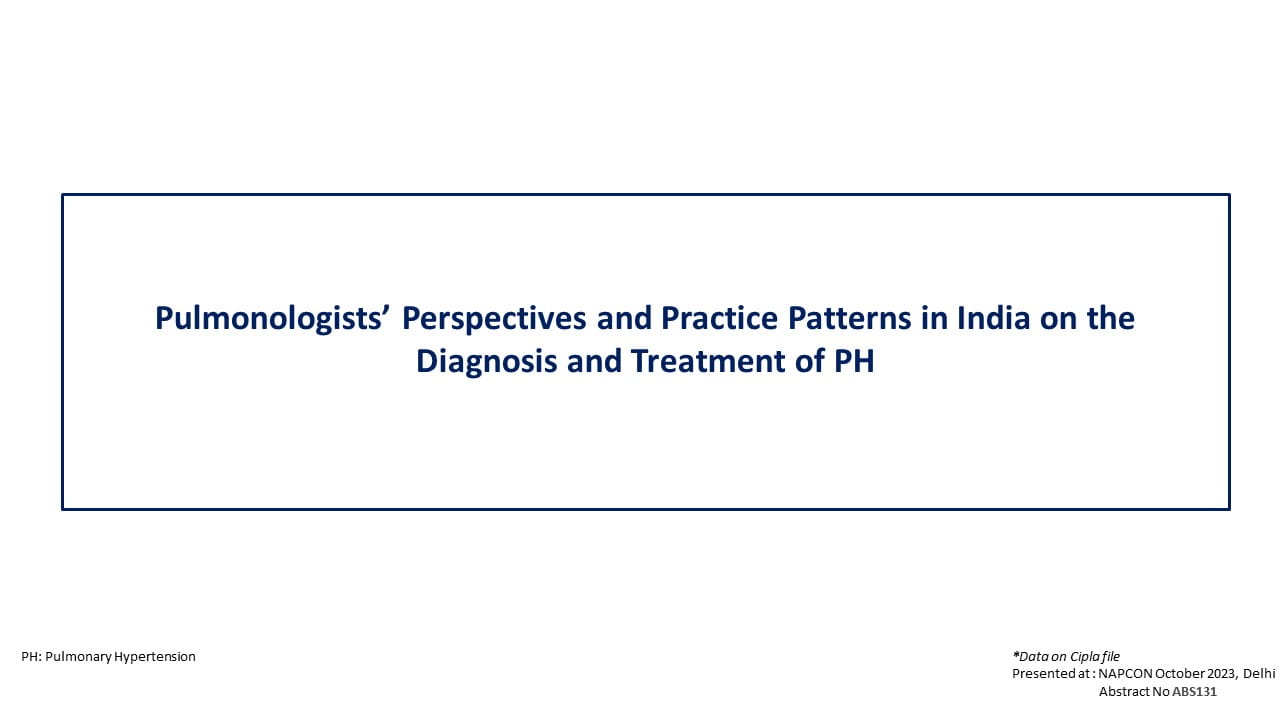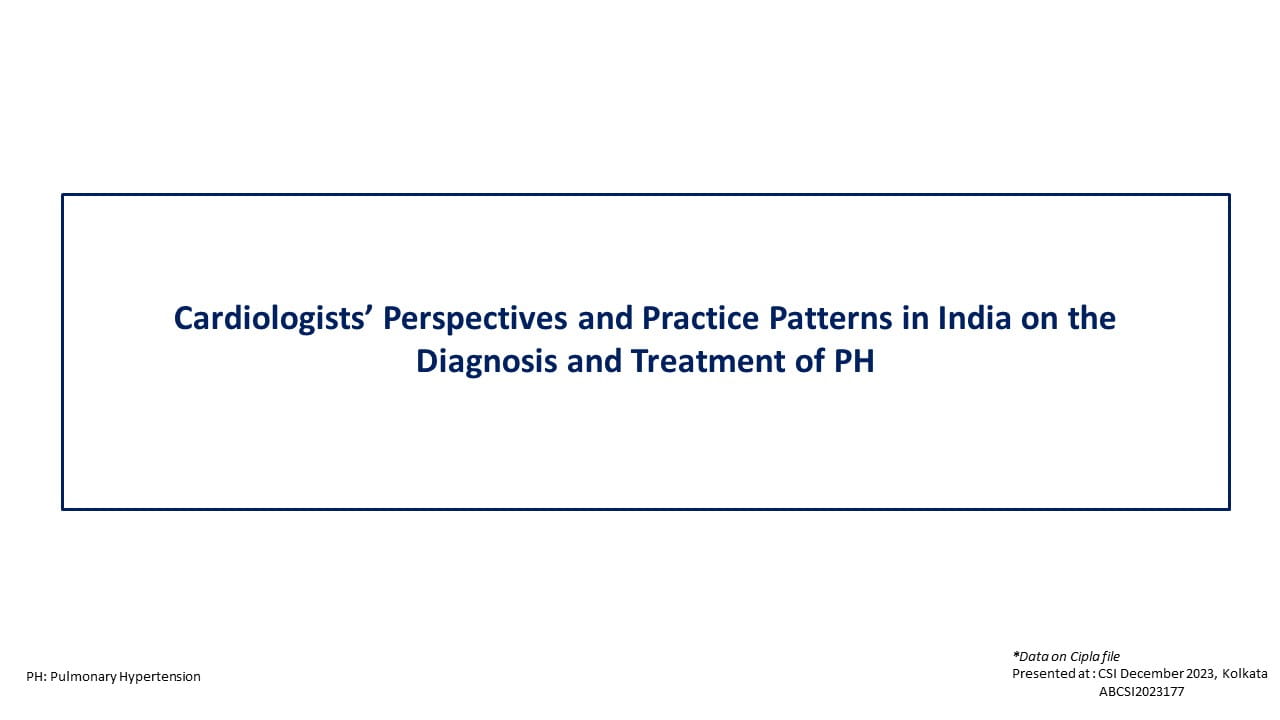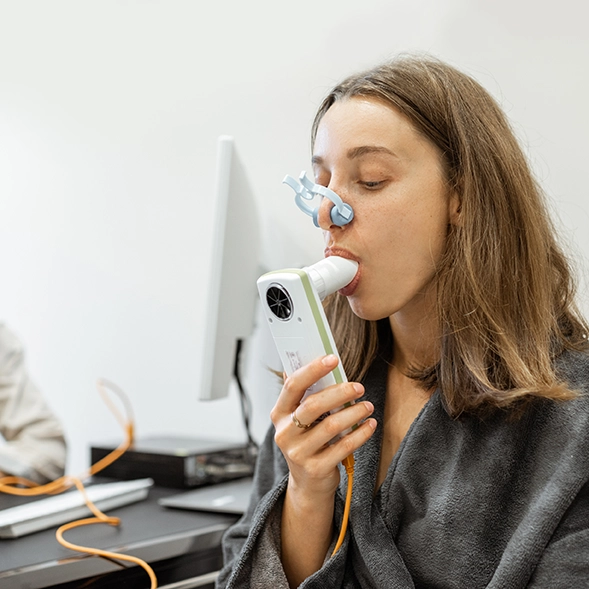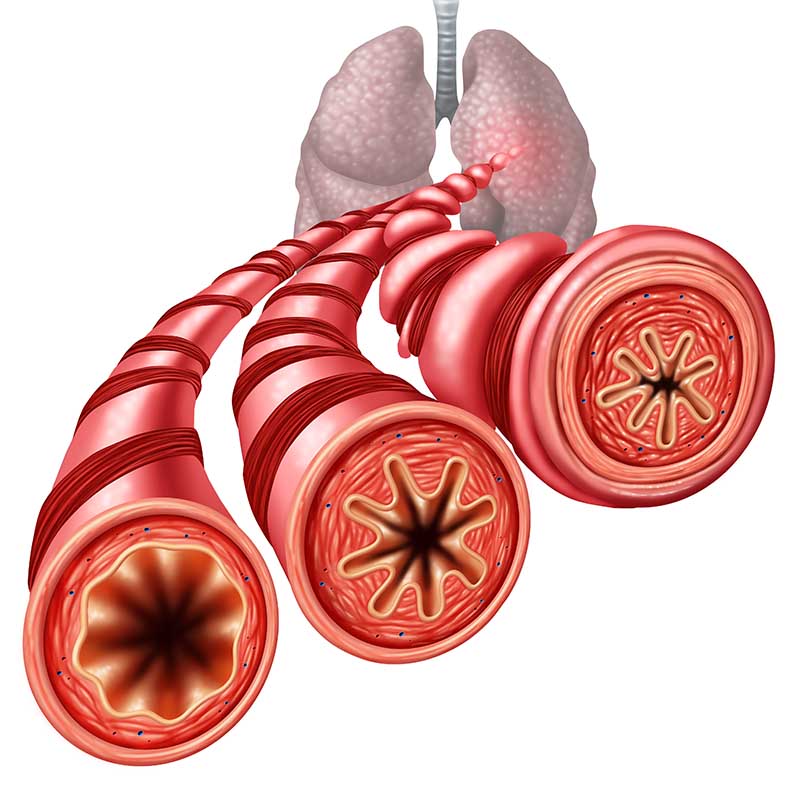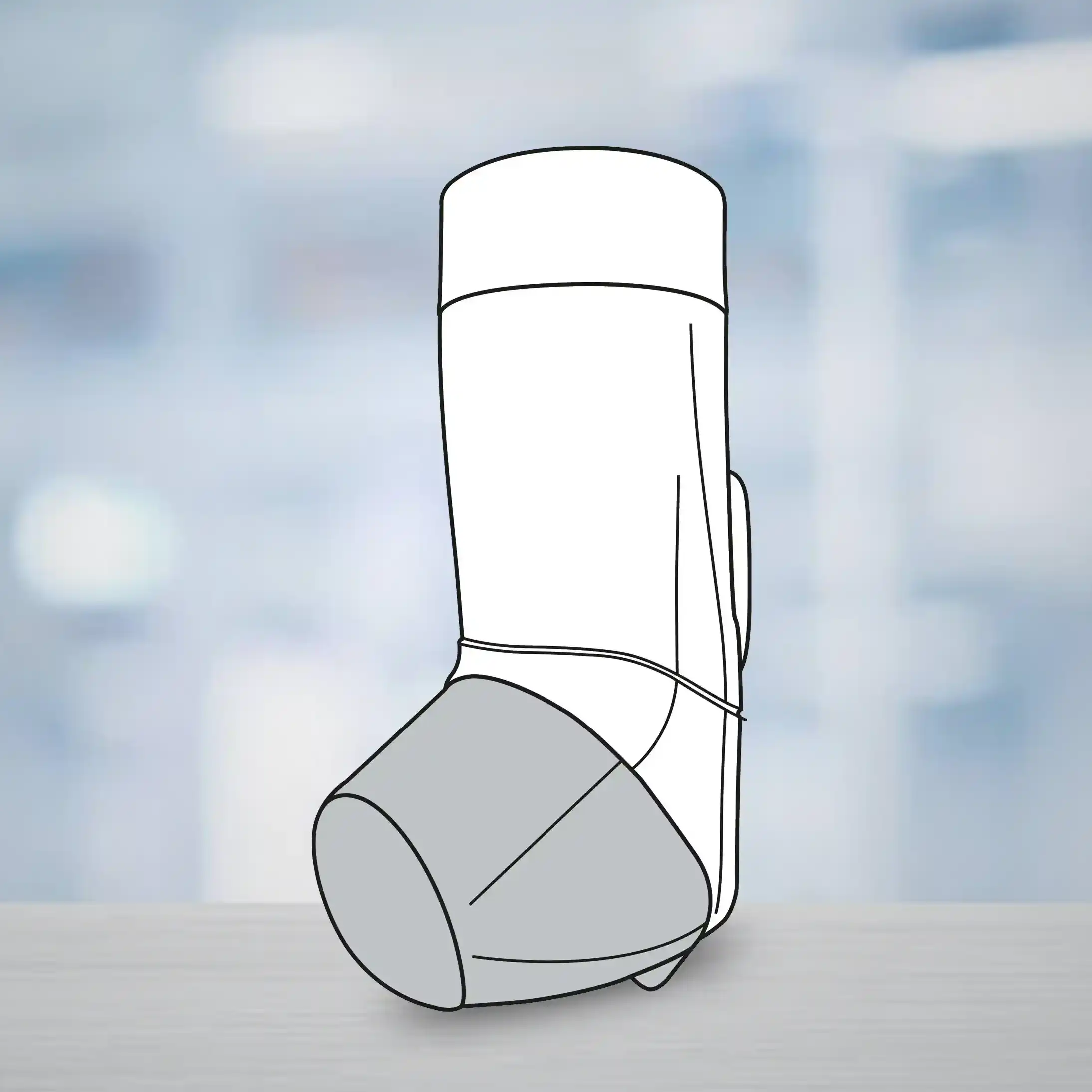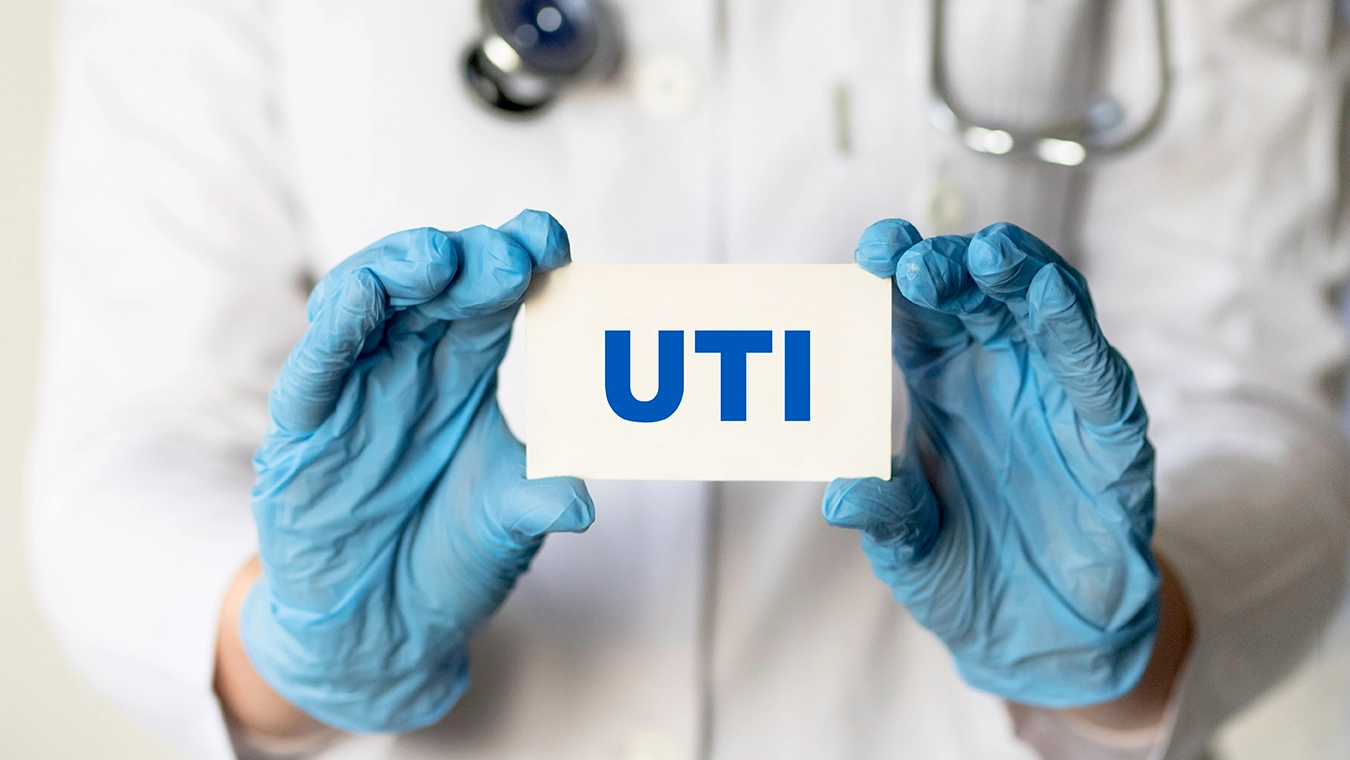Introduction
Febrile urinary tract infections (FUTI) are a common and severe bacterial infection in children, often leading to renal scarring. Once formed, renal scarring can lead to long-term complications like hypertension and renal dysfunction in adulthood. Current treatment protocols typically involve a 10-day course of antibiotics, but prolonged use can increase bacterial resistance. This study explored shorter treatment regimens.
Aim
To compare short-term therapeutic effects of amoxicillin-clavulanic acid and ceftriaxone sodium in children under five years old with FUTI
Patient Profile
- N=109 children diagnosed with FUTI
- Children ≤5 years old, absence of severe complications, diagnosed with FUTI
Methods
- Retrospective analysis of clinical data (Aug 2022 - Dec 2023)
- Group A (n=52): 0.5 g IV Ceftriaxone sodium once daily for five days
- Group B (n=48): 30 mg/kg body weight IV amoxicillin-clavulanic acid every eight hours for five days
Study endpoints
Primary:
- Improvement times for clinical symptoms such as fever, dysuria, and urinary frequency,
- Total effective rate of treatment
Secondary:
- Comparing the levels of laboratory indicators such as white blood cell counts, squamous epithelial cells, bacteria, interleukin-6 (IL-6), interleukin-8 (IL-8), and neutrophil gelatinase-associated lipocalin (NGAL) before and after treatment
- Incidence of adverse reactions
Results
- Symptoms
Improvement times for fever, dysuria, and urinary frequency significantly shorter in Group B (p < 0.05)
- Clinical Efficacy
Total Effective Rate: Group B (95.83%) significantly higher than Group A (80.77%) (p < 0.05)
Table 1: Comparative Analysis of Clinical Outcomes Between Treatment Groups
|
Indicator |
Group A (Ceftriaxone sodium), n=52 |
Group B (Amoxicillin-clavulanic acid), n=48 |
p-value |
|
Improvement time for fever (days) |
2.00 |
2.00 |
0.018 |
|
Improvement time for dysuria (days) |
4.00 |
3.00 |
<0.001 |
|
Improvement time for urinary frequency (days) |
5.00 |
4.00 |
<0.001 |
|
Total effective rate (%) |
80.77 |
95.83 |
0.021 |
|
Adverse reaction rate (%) |
13.45 |
10.42 |
0.640 |
- Laboratory Indicators
Group B showed significantly lower levels of white blood cells, squamous epithelial cells, bacteria, IL-6, IL-8, and NGAL (p < 0.05)
Table 2: Comparative Analysis of Laboratory Outcomes Between Treatment Groups
|
Laboratory Indicators |
Group A (Ceftriaxone sodium), n=52 |
Group B (Amoxicillin-clavulanic acid), n=48 |
z-value |
p-value |
|
Urinary white blood cells (cells/μL) |
||||
|
Before treatment |
234.45 |
236.95 |
–0.169 |
0.866 |
|
After treatment |
12.90 |
9.00 |
–7.808 |
<0.001 |
|
Urinary squamous epithelial cells (cells/μL) |
||||
|
Before treatment |
58.00 |
55.00 |
–0.508 |
0.612 |
|
After treatment |
30.50 |
19.00 |
–7.548 |
<0.001 |
|
Urinary bacteria (× 10⁵ CFU/mL) |
||||
|
Before treatment |
27.15 |
24.95 |
–1.887 |
0.059 |
|
After treatment |
0.98 |
0.77 |
–3.336 |
0.001 |
|
Serum IL-6 (ng/L) |
||||
|
Before treatment |
14.35 |
13.70 |
–0.587 |
0.558 |
|
After treatment |
3.00 |
1.80 |
–5.782 |
<0.001 |
|
Serum IL-8 (μg/L) |
||||
|
Before treatment |
32.80 |
32.00 |
–0.293 |
0.769 |
|
After treatment |
16.65 |
12.65 |
–4.040 |
<0.001 |
|
Serum NGAL (ng/mL) |
||||
|
Before treatment |
19.80 |
19.35 |
–0.152 |
0.879 |
|
After treatment |
9.10 |
5.50 |
–6.090 |
<0.001 |
- Adverse Reactions
No significant difference in adverse reaction rates between groups (p > 0.05)
Conclusion
- Amoxicillin-clavulanic acid demonstrated superior short-term therapeutic efficacy for FUTI in children under five years old
- It effectively reduced cure times, mitigated inflammatory responses, and improved treatment outcomes
- The study suggested potential for broader clinical application of amoxicillin-clavulanic acid
Reference
Arch Esp Urol. 2024 Sep;77(8):909-914.


